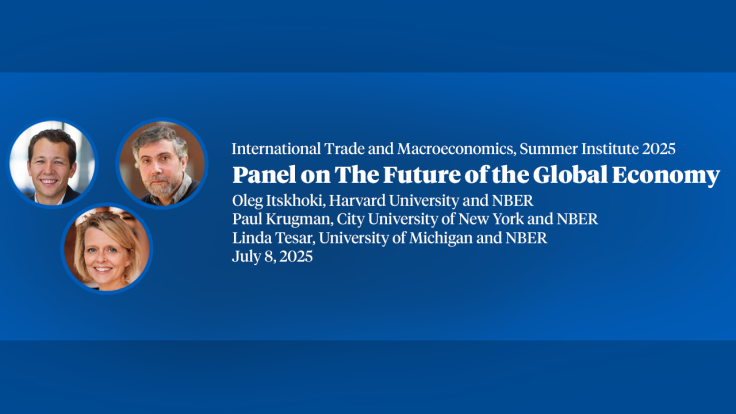The International Monetary System in the Last and Next 20 Years Redux
In a paper 20 years ago, we analyzed the evolution of the international monetary system over the preceding 20 years and projected its evolution 20 years into the future, on the assumption of unchanged transition probabilities. Here we compare those projections with outcomes and provide new projections, again 20 years into the future. Although the world as a whole has seen financial opening and movement away from intermediate exchange rate regimes, as projected, movement has been slower than projected on the basis of observed transition probabilities in the 20 years preceding our forecast. New projections again based on unchanged transition probabilities but allowing countries to shift between advanced, emerging and developing country groupings and reclassifying exchange rate regimes to accord with current practice again suggest that policy regimes will be modestly different in 2045 than today. There will be a continued decline in intermediate exchange rate arrangements, and gains for hard pegs, as emerging markets move in this direction, and for more freely floating rates, driven by developing countries. There will be a further increase in the share of countries with open capital accounts, driven by emerging markets and developing countries.
-
-
Copy CitationBarry Eichengreen and Raul Razo-Garcia, "The International Monetary System in the Last and Next 20 Years Redux," NBER Working Paper 34416 (2025), https://doi.org/10.3386/w34416.Download Citation


